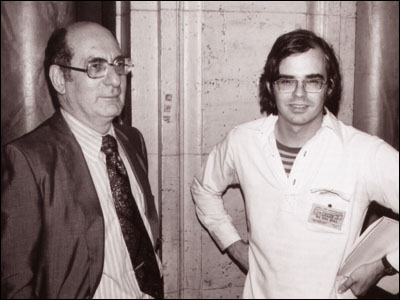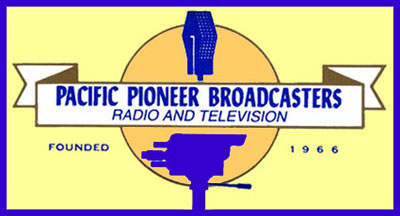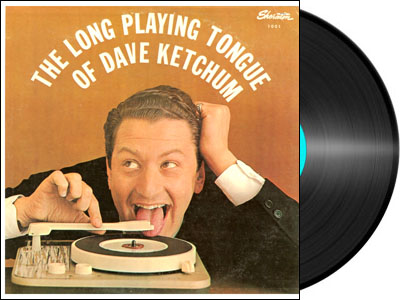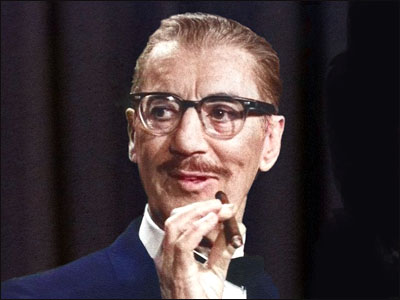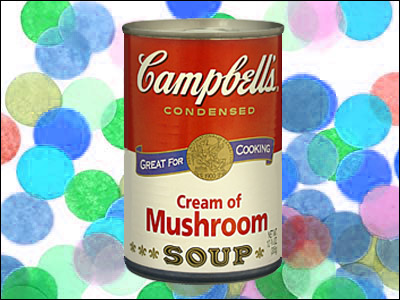
Tim B. sent me this one…
You've mentioned many times on your blog that when you started collecting comic books, you bought a lot of your collection at second-hand book stores for a nickel each or six for a quarter. So you lived through the period when the prices for old comic books began to go way up from that. What were your thoughts when that began happening?
Some disappointment. It was a great deal of fun to go to those stores…and not just for old comic books. I loved used book shops because you never knew what you might find. At that point in my life, I was not entirely certain what existed to be found. I usually browsed the book shelves along with the little display where they kept the old comics.
But the back issue comic books themselves held such joy for me that I considered them way underpriced when I was buying them for five cents each. When I could find an old issue I didn't have of Superman or The Fox and the Crow for a buck or two, I didn't hesitate to pay that. And as the prices went even higher, I was getting into the industry and it somehow seemed less important that I locate every issue of every comic book.
I'm not sure I can explain why. As I began attending comic book conventions, I didn't scour the halls looking for missing issues. Meeting the creators of the comics and listening to them became more important to me. One of the reasons I don't go to cons much these days, apart from San Diego and WonderCon, is that I'm not going to meet anyone at a con who wrote or drew a comic book I loved as a kid.
Your question brought two incidents to mind. One was that there was a used book shop downtown that I frequented in the six-for-a-quarter days and then somehow, I didn't go there for a couple of years. One day — this would have been around early 1970 just before the first issue of The Overstreet Comic Book Price Guide was published — I was in the area so I popped in. The same proprietor person ran the place but instead of piles of old comic books priced to move at a flat price, he now had essentially the same comics bagged and boarded and on file…and priced for ten or twenty times what I could buy them for elsewhere.
The "prize" of his offerings was what he had graded as a "mint condition" copy of Fantastic Four #13. It was nowhere near what any experienced dealer would have called "mint" but it was in better shape than my copy so I thought of buying it —
— until I saw the price he'd put on a sticker on its bag. I don't remember what it was but I remember thinking, "Wow, that's about ten times too much!" I put it back and the man, who'd seen my Sticker Shock, got really insulting about it. He said something like "Obviously, you aren't a true collector because you don't realize what old comic books are going for these days!" But that was something I did know about. I was then a frequent patron at the comic book shops up in Hollywood — Cherokee Book Shop, Collectors Book Shop, Bond Street Book Shop and until they sold out to their competitors, Argosy Book Shop.
If you had a comic book priced at three times what Cherokee sold it for, your price was four or five times above what you could pay elsewhere. We had a brief back-and-forth over his pricing and this guy just thought I was the stupidest kid to ever wander into his musty emporium. I walked out without buying anything and the next time I drove by the place, it was — like most old book shops were before long — outta business. If he'd stuck around for ten or so more years, he might have gotten his prices…but not then.
The other story that popped into mind when I got the above question involved a comic that DC put out late in 1965 — Superman #183. Here, I'll show you the cover…

And in case you can't read it on your screen, I'll enlarge one part of that cover…
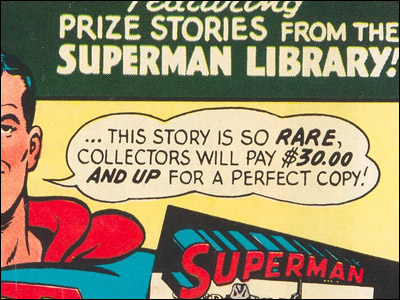
Can you make it out now? This is a 25-cent comic book that DC put out of Superman reprints at a time when the only "press" comic books were getting was about how people — some of them grown adults — were going into places like Cherokee Book Shop and paying what seemed then like astronomical prices for old comic books. I mean, you might pay a couple hundred bucks for a copy of Batman #1!!!
DC stuck some old Siegel-and-Shuster reprints into this issue — being careful to remove the then-forbidden names of Jerry Siegel and Joe Shuster — and they had Superman on the cover talking about how collectors were paying "$30.00 and up for a perfect copy!"
A year or two after this issue came out, a grown adult — I'd guess in his late twenties — walked into a meeting of our comic book club which met every Saturday at a public park in West Los Angeles. He announced loudly that he was willing to pay "good money" for copies of Superman #183. He was not interested in anything else but he paid a buck or two for any copies of Superman #183 that were on the premises. He haggled a bit, only offering the lower price for what he considered not "perfect" copies. His odd shopping spree seemed based on two dubious premises…
Dubious Premise #1: DC had recently published a comic book that sold for 25 cents on the newsstands and collectors at the time were eager to pay $30.00 and up for copies of that 25-cent comic book. I mean, Superman said so right on the cover and if you can't believe Superman…?
Dubious Premise #2: Everyone else was too stupid to realize what a gold mine this was. You buy a comic book for a quarter and promptly turn around and sell it for $30+. He was the only one smart enough to pounce on this opportunity. Even those collectors who then would pay $30 and up for a copy of Superman #183 didn't realize stupid people were still selling them for a tiny fraction of that amount.
This was a grown man operating on those two Dubious Premises. We had twelve-year-old members laughing at him. And yes, a mint copy of that comic now sells for a thousand bucks and up but so do a lot of other comics he could have bought at the time. When he paid a buck for a copy then, he thought he'd made an immediate $29 dollar profit (at least!) off someone too dense to read what the cover said.
I don't know what happened to that guy. We never saw him again. Part of me kinda hopes he's reading this blog post and thinking, "You idiot! I have ninety copes of that book and some day soon, I'll sell them for a million bucks each!" Or maybe he's sobbing that he let them go in 1978 for a measly twenty bucks.

![]()
